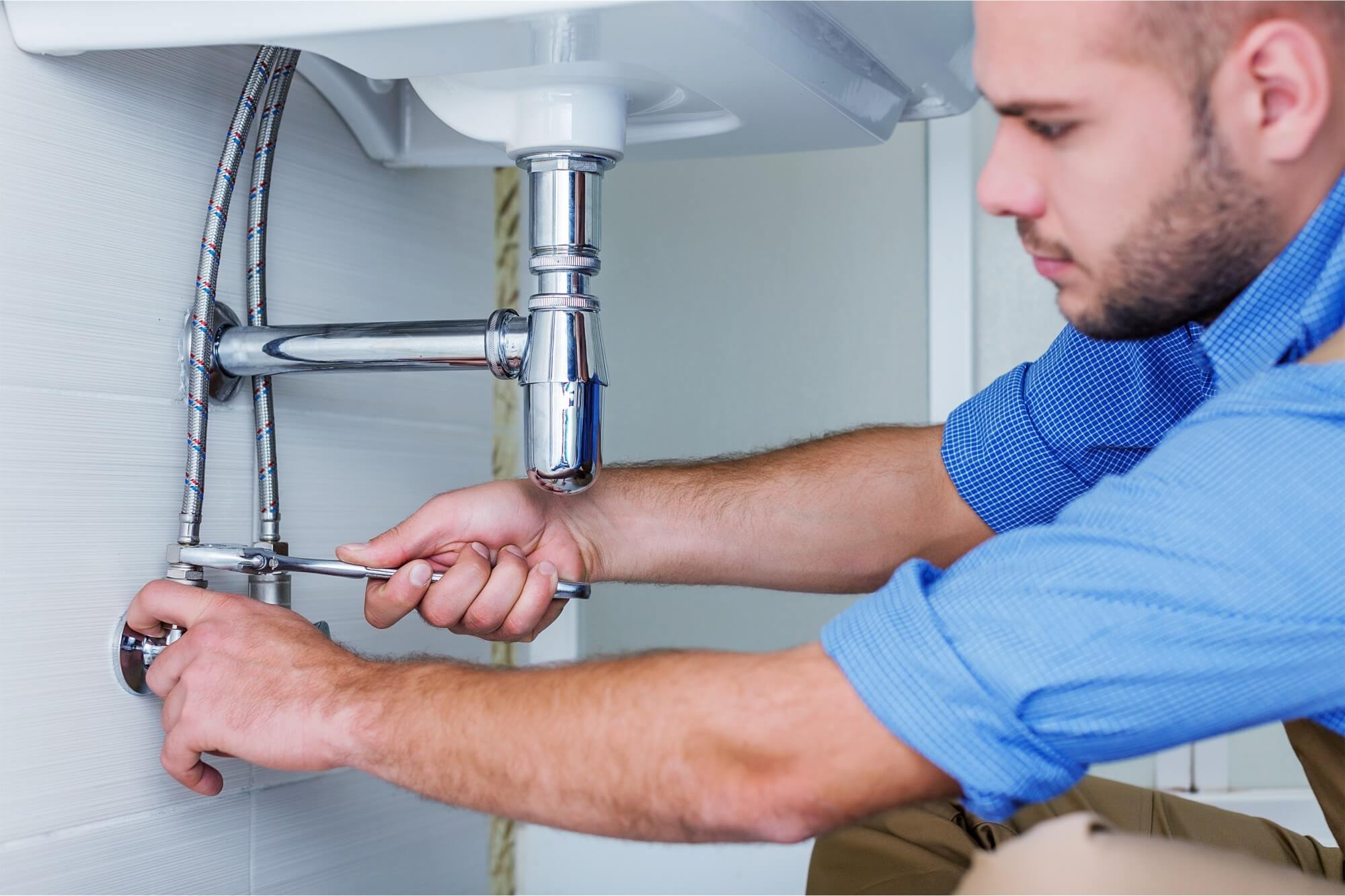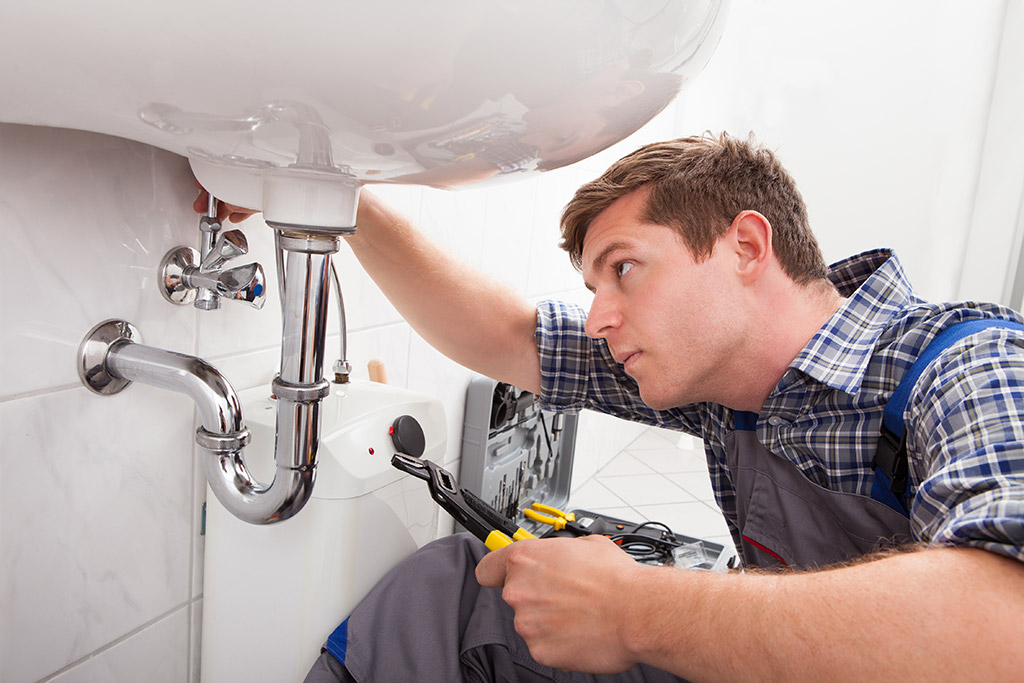A Detailed Guide to Efficient Hot Water Heater Setup for Optimal Performance
Beginning on the task of setting up a water heating unit is a venture that requires precision and a methodical strategy for accomplishing optimum efficiency. As you continue, the details of linking water supply lines and setting up reliable electric or gas connections wait for, appealing understandings right into ensuring performance and dependability.
Choosing the Right Hot Water Heater

Following, think about the size and capability of the water heating system. It's crucial to analyze your house's warm water requirements, which can vary based on the number of owners and their usage patterns. A system that's also tiny might lead to inadequate warm water, while a large model might lead to unnecessary power usage.
Efficiency scores likewise play a crucial role in selection. Try to find hot water heater with high Power Variable (EF) ratings, indicating superior efficiency and reduced energy usage. Tankless versions, though typically more expensive in advance, deal significant energy financial savings over time due to their on-demand home heating abilities.
Preparing the Setup Area
Prior to installing a new water heating unit, careful preparation of the installation area is necessary. It's important to determine the room meticulously to suit the water heater's dimensions, making certain sufficient clearance around the device for effective procedure and servicing.
Inspect the floor for security, as the water heater will need a solid, degree surface area to run successfully. If required, install a drip frying pan below the system to catch possible leaks or spills, preventing water damages to the surrounding location.
In addition, ensure that all required tools and products are on hand before commencing the installment. This includes things such as wrenches, screwdrivers, a level, and any additional equipment required for installing and protecting the heater. A well-prepared installment area establishes the structure for a successful water heating unit setup, maximizing performance and safety.
Connecting Water System Lines
When attaching water lines to your newly installed hot water heater, it is crucial to ensure that all connections are leak-free and secure to keep efficient procedure and prevent water damage. Begin by determining the hot and chilly water lines. The cool water inlet is typically noted with a blue tag or a "C", while the hot water electrical outlet is noted with a red label or an "H".
Usage versatile hot water heater adapters to help with an easier setup process. These ports can soak up vibration and enable slight activity, lowering the risk of leaks. Prior to connecting the adapters, put get more a plumbing professional's tape around the threaded ends of the water heater's inlet and electrical outlet pipelines - Plumber Alabaster AL. This tape functions as a sealant, protecting against leaks. Meticulously connect the versatile pipes to the respective inlet and outlet, making sure that they are not over-tightened however tight, which could harm the threads.
Once links are in area, slowly transform on the major water supply valve. Inspect each link for leaks by visually feeling and inspecting for wetness. Tighten up connections as necessary, and make sure the pressure relief valve is properly mounted, protecting versus excessive pressure build-up.
Establishing Electrical or Gas Links
Effectively establishing up the electric or gas links for your water heating unit is an essential step to make certain reliable and safe operation. For electrical water heating systems, begin by validating that the electrical circuit is suitable with the heating system's voltage and amperage demands.
For gas water heaters, safety and security is critical. Verify that the gas supply is off prior to continuing. Link the gas line to the water heating unit using an adaptable gas port, guaranteeing it is properly threaded and secured with pipe joint compound or Teflon tape suitable for gas connections. Tighten the connections with a wrench, taking treatment not to over-tighten (Plumber Alabaster AL).
Once connections are made, inspect for any kind of prospective leaks. For gas lines, apply a soapy water option to the joints; bubbles suggest a leak. For electric links, ascertain that all wiring is protected and effectively insulated, maintaining compliance with regional electric codes.
Adjusting and examining for Efficiency
With the electric and gas connections securely in area, the following action is evaluating the operational effectiveness of your water heater. Begin by carefully transforming on the water supply and making sure there are no leakages at any of the shutoffs or joints.
Next, do a comprehensive inspection to ensure the heating elements or gas heaters are working correctly. For electrical heating units, make use of a multimeter to verify if the aspects are attracting the appropriate present. In gas versions, observe the burner fire; it should be stable and blue, suggesting reliable combustion.
Change the setups as necessary to eliminate ineffectiveness. Consider carrying out insulation measures, such as including a hot water heater blanket, to further enhance efficiency by minimizing warmth loss. Furthermore, examine the anode pole's condition, as a tatty rod can lower performance and result in storage tank rust.
Conclusion
Effective hot water heater setup is crucial for making sure ideal efficiency and power savings. By selecting the appropriate kind and dimension, and diligently preparing the installation area, a structure for success is established. Safely connecting water lines and thoroughly setting up electric or gas connections decrease prospective concerns. Thorough testing for leaks and precise thermostat changes to 120 ° F enhance integrity and effectiveness. Following these actions advertises Read Full Report long-lasting performance and power preservation in property water heating unit.

Effectively setting up the electrical or gas links for your water heating system is a vital action to make sure reliable and safe operation. For electric water heating systems, start by validating that the electrical circuit is suitable with the heating unit's voltage and amperage requirements. Link the gas line to the water heating unit making use of an adaptable gas adapter, guaranteeing check my blog it is effectively threaded and sealed with pipeline joint substance or Teflon tape ideal for gas links.